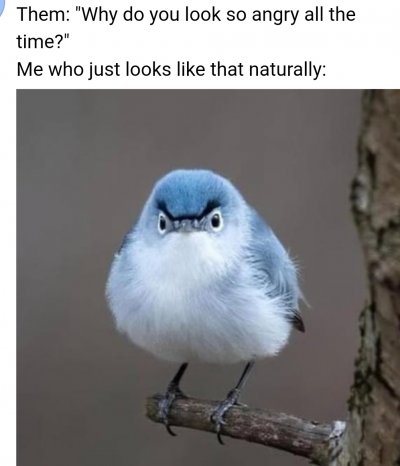hunck
Antediluvian
- Joined
- Jul 13, 2011
- Messages
- 9,489
- Location
- Hobbs End
700 pounds of acorns found stuffed by woodpeckers inside walls of California home
The Sonoma County homeowners called on Nick Castro, owner of Nick’s Extreme Pest Control, when they spotted worms coming from a bedroom wall. They turned out to be mealworms, feasting on an incredible hoard of acorns, believed to be amassed by a pair of aptly named acorn woodpeckers.“It was really strange. I had never really seen worms with acorns before,” Castro told CNN. But the weirdness was just beginning.
After making a small 4-inch-square hole in the wall, Castro said the acorns began spilling out. That alone wouldn’t be terribly unusual, but they “just kept coming,” he said.
“It was pretty incredible to see the amount,” said Castro. He estimates there were at least 700 pounds of acorns, likely collected over the past two to five years.
Often woodpeckers store acorns on the outside of homes, sometimes in rain gutters, but rarely do they get them inside. In this case,
Castro discovered the birds dropped their treasures through a hole in the chimney and entered the attic through a separate hole to feast on their stash.
“On a scale from 1 to 10, this is a 10. It’s a one in a million chance to find something this significant,” said Castro. “I expected to find a few handfuls, nothing like this.”
It took creating another three holes in the home’s walls to remove all the acorns
Castro and his crew of three spent a full day extracting the nuts.
“We filled eight big black garbage bags. They were so heavy we could barely pick them up,” said Castro. “They had to have weighed at least a hundred pounds each.”


